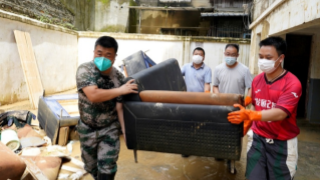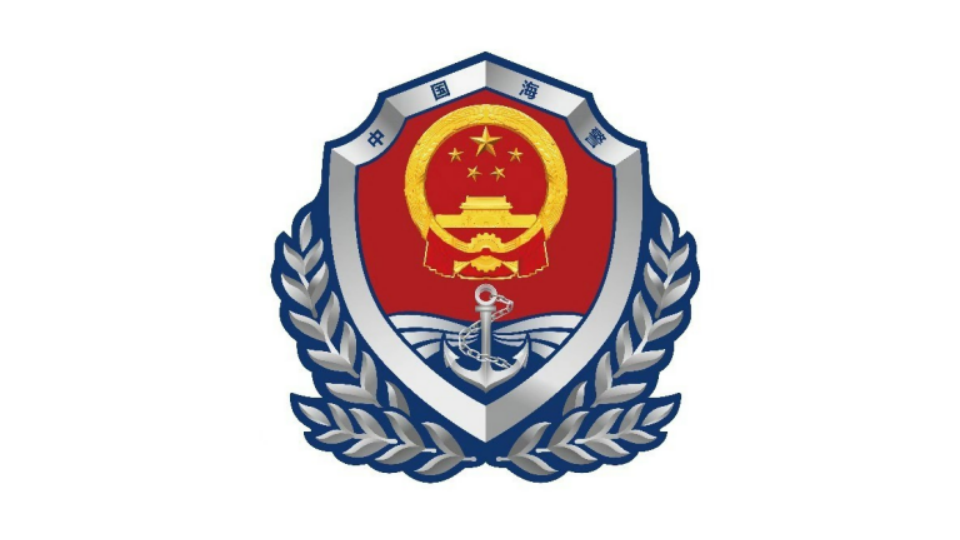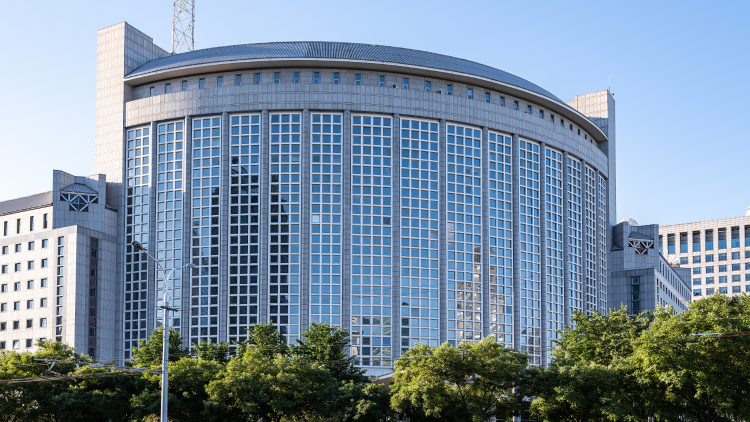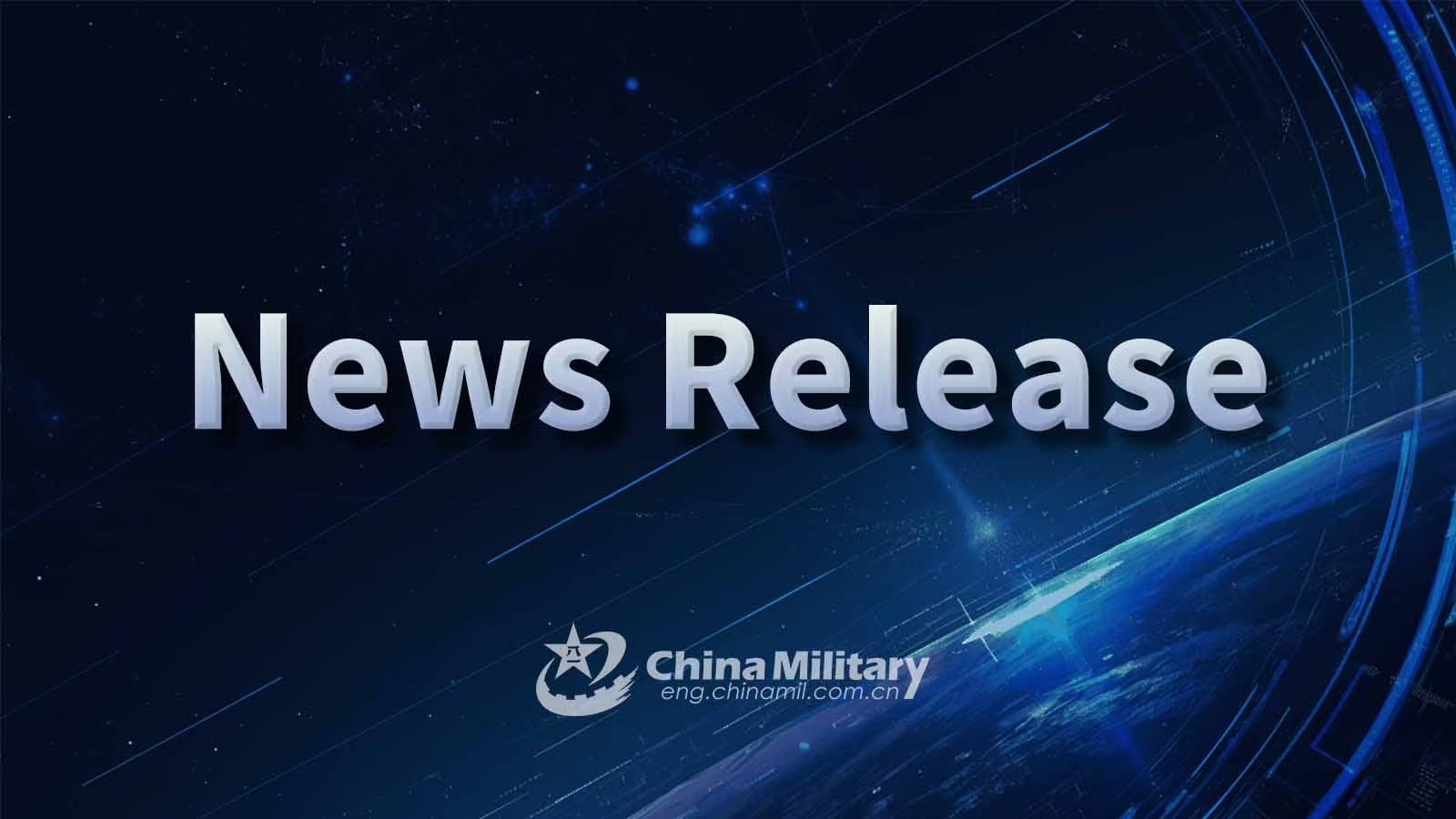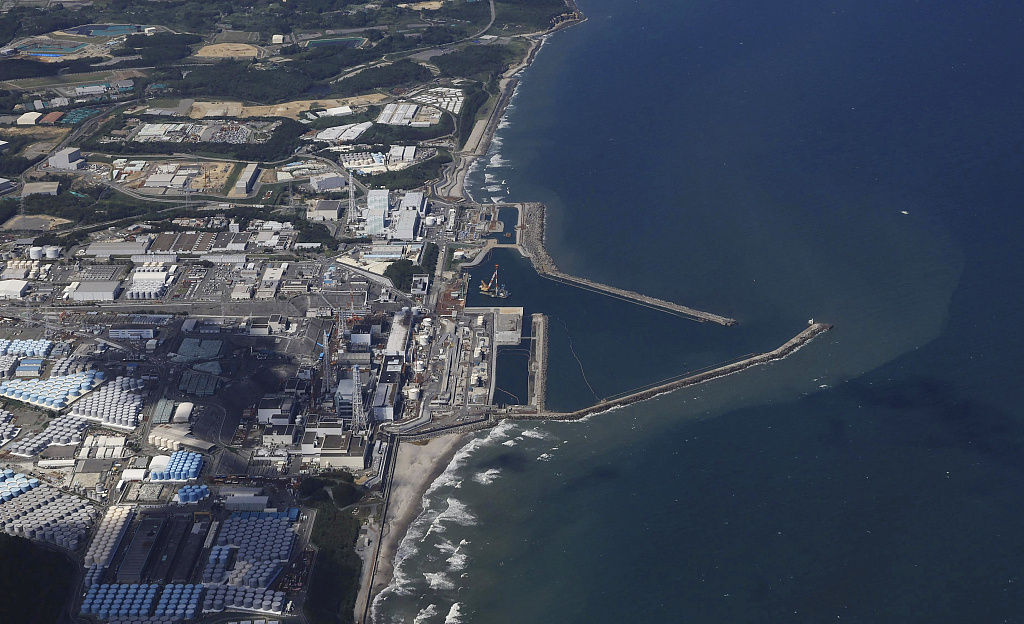
Aerial photo of the Japanese Fukushima Daiichi nuclear power plant on August 24, 2023.
Following its previous decision, the Japanese government started to discharge Fukushima nuclear wastewater into the ocean on August 24. This pollution emission process could last several decades.
Tracing the whole process of the Japanese decision to dump pollutants into the sea, it can be clearly seen that this is a long-premeditated established policy of Tokyo, an unambiguous violation of international law, and an extremely selfish and irresponsible state act that transfers Fukushima Daiichi nuclear plant accident handling costs to the whole world.
Long-plotted move
Since the serious accident in March 2011, the Fukushima Daiichi nuclear power plant has produced a large amount of highly contaminated nuclear wastewater every day since the meltdown reactor core needed to be cooled down with water.
In April 2011, the Tokyo Electric Power Company (TEPCO), the operator of the Fukushima plant, deliberately discharged nuclear-contaminated water into the sea, sparking widespread concern.
In December 2011, TEPCO said it had drawn up a plan to discharge "low-concentration contaminated water" into the sea.
In March 2013, the Advanced Liquid Processing System (ALPS), a key facility for treating nuclear-contaminated water, was put into trial operation but frequently leaked. Since then, TEPCO has referred to contaminated water treated by this equipment as the "treated water" in an attempt to dilute the public's vigilance against the discharging.
In December 2013, Japan's nuclear energy authority Ministry of Economy, Trade and Industry (METI) established a working group for technical discussions on the issue of disposal of these "treated water".
In June 2016, the working group released a report stating that among the five disposal options, namely discharge into the sea, underground burial (buried in the ground after solidified by cement), geosphere injection (injected deep into the geosphere by piping), vapor release (discharged into the atmosphere after being gasified into water vapor) and hydrogen release (discharged into the atmosphere after being electrolyzed into hydrogen), diluting the "treated water" and discharging it into the sea was evaluated as the most cost-saving method.
The report set the tone for the subsequent ocean discharge plan. However, after its release, the report was vehemently opposed by Japanese agriculture, forestry and fishery sectors. Even Masayoshi Yoshino, then Minister for Reconstruction, expressed his opposition to discharging treated nuclear-contaminated water into the sea. However, METI and TEPCO have deemed the ocean discharge plan an "established policy."
To persuade the public, the Japanese government set up a committee composed of experts in the relevant fields. In February 2020, the committee issued a report saying that geosphere injection, underground burial and hydrogen release disposals would incur a lot of problems and that only the other two methods are realistic options, while emphasizing that sea discharge possesses more benefits over vapor release.
In April 2021, despite persisting opposition from home and abroad, the Japanese government unilaterally announced the controversial plan to discharge nuclear-contaminated wastewater into the sea in 2023.
Self-directed "authoritative verification"
On July 4, Director General of the International Atomic Energy Agency (IAEA) Rafael Grossi presented an assessment report on the disposal of Fukushima nuclear-contaminated water to the Japanese government during his visit to Japan. The IAEA report concluded that the discharge plan "is generally in conformity with the agreed international standards," and the Japanese side claimed that the plan's safety had been "authoritatively verified."
However, there are multiple doubts about the fairness and scientificity of the report.
For starters, Japan made the ocean discharge decision before commissioning the IAEA to conduct a safety assessment. Clearly, it did not aim to find a scientific and reasonable solution to the problem but to use the agency to endorse its ocean discharge plan.
Secondly, before the IAEA assessment, Japan had already started making relevant arrangements for manipulating the "certification" process.
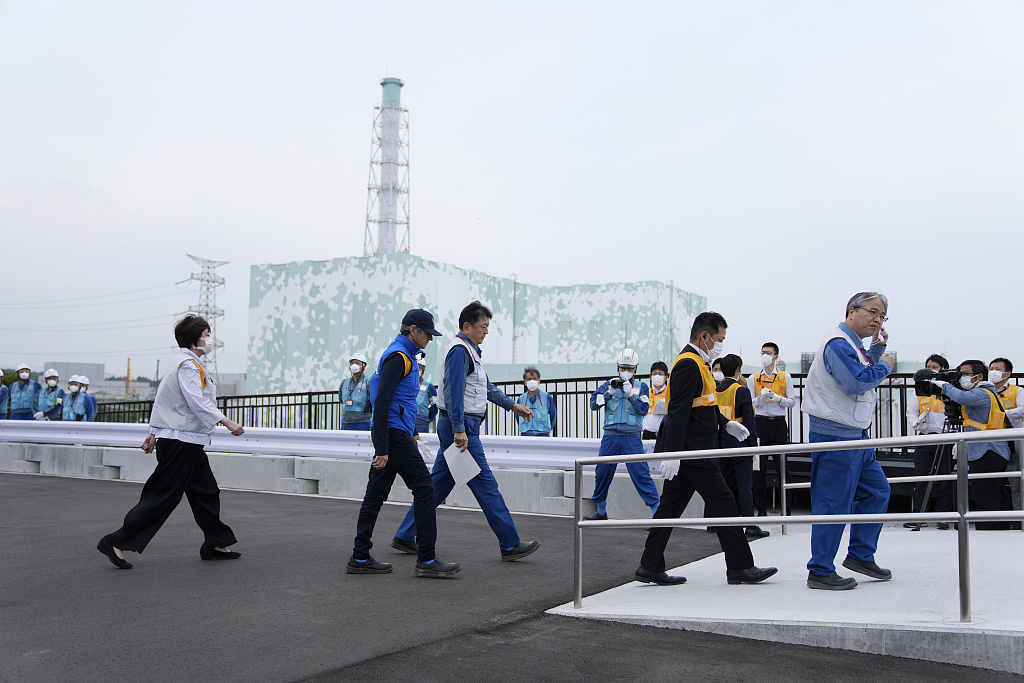
IAEA Director General Rafael Grossi inspects the Fukushima Daiichi nuclear power plant on July 5, 2023.
In April 2013, shortly after ALPS was put into trial operation, the Japanese government invited an IAEA inspection team to Fukushima. The team released a report a month later recommending Japan engage in research on relevant disposal problems. The director general of the IAEA at the time was Yukiya Amano from Japan.
Tokyo Shimbun reported that the Japanese government had paid a large share of costs and other payments to the IAEA in the past, and various departments of the Japanese government had sent personnel to the IAEA, which would inevitably impact the IAEA assessment of the dumping plan.
Thirdly, the IAEA report stressed at the beginning that it does not necessarily reflect the views of IAEA member states and is not a recommendation or an endorsement of Japan's ocean discharge plan. The IAEA and its member states are not responsible for any consequences arising from the report. The disclaimer made it evident that the report did not represent the international community's views and did not provide evidence of the legality of Japan's dumping proposal.
All indications demonstrate that the Japanese government only takes account of economic factors (i.e. minimum costs) without any responsible considerations concerning the people of the country or its neighbors and the world when deciding on the nuclear wastewater disposal solution. Since determining ocean discharge as the only tactic, Tokyo has taken various actions to do public relations and shape the narrative for this move by exercising the utmost skill in hypocrisy and deceit.
The discharge of Fukushima nuclear-contaminated wastewater is not merely a domestic matter for Japan but a global concern impacting oceanic environments and human health. By ignoring international objections, reneging on international obligations, and forcefully proceeding with the discharge, the Japanese government poses threats to the environment and the legitimate rights of neighboring countries and by no means acts as a responsible country.
Editor's note: Originally published on the Wechat official account of cctvnews.cctv.com, this article is translated from Chinese into English and edited by the China Military Online. The information and opinions in this article do not necessarily reflect the views of eng.chinamil.com.cn.





